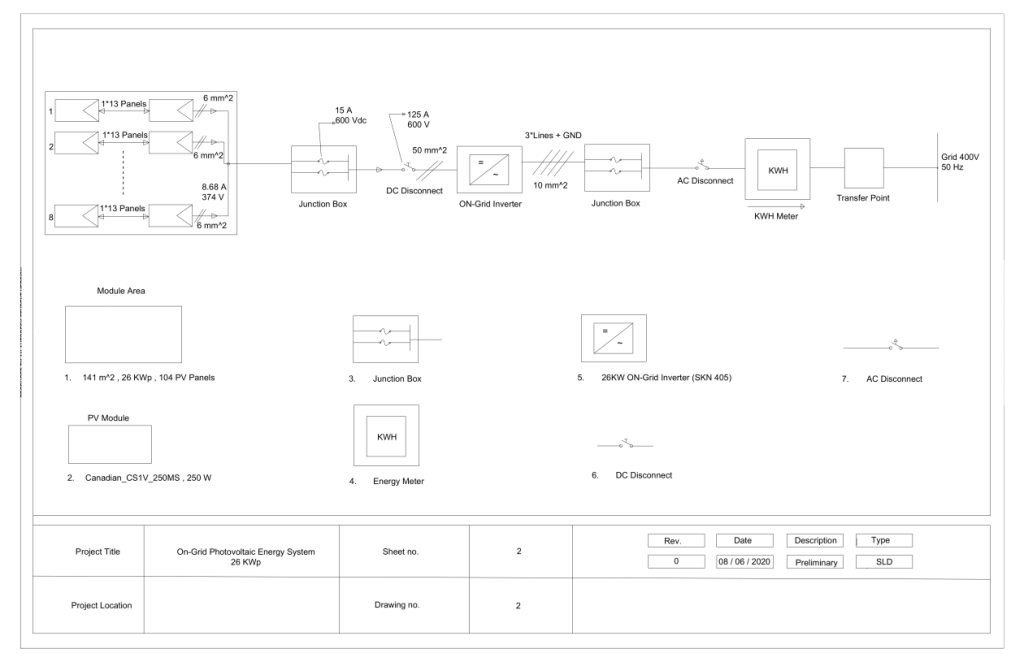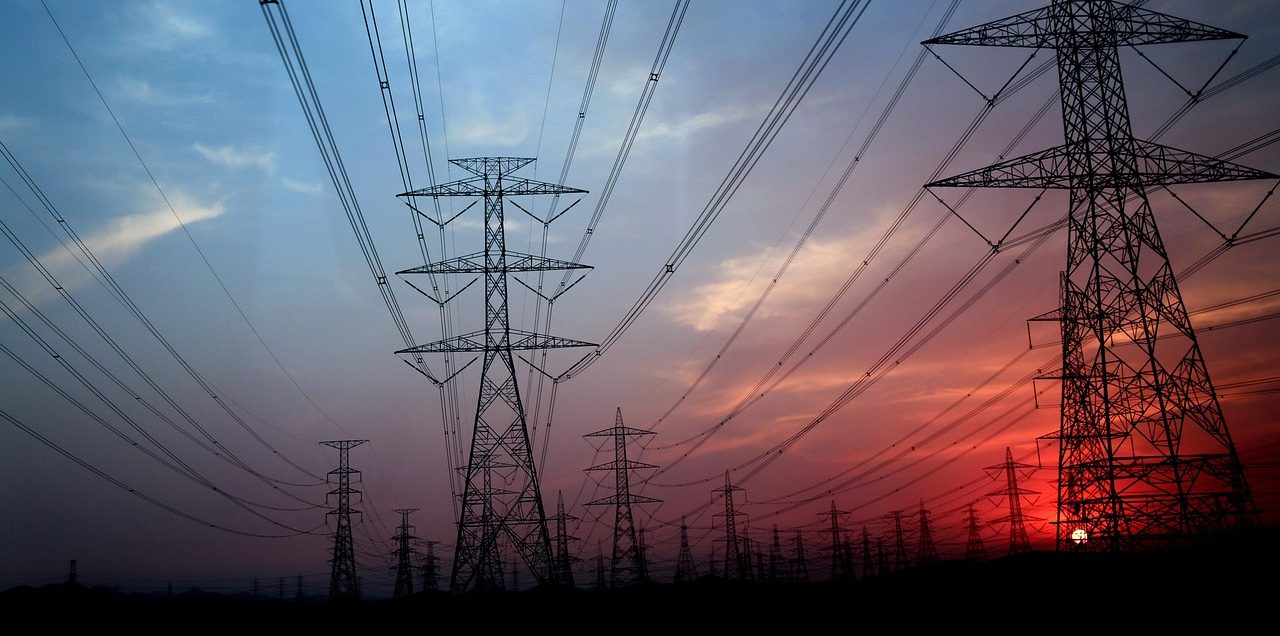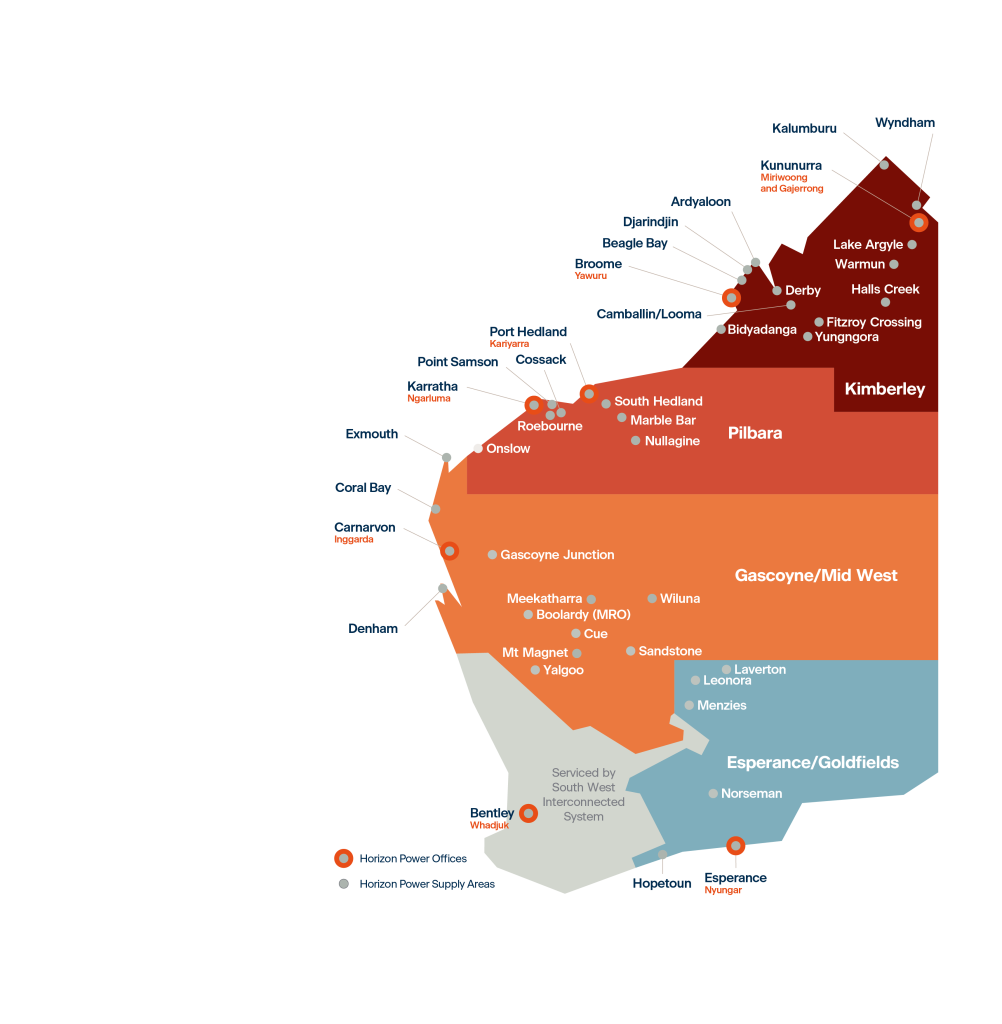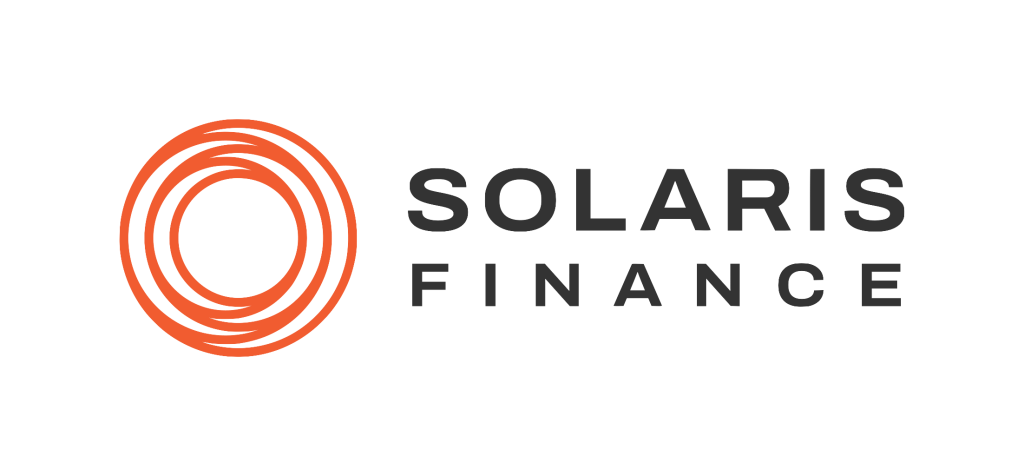Table of Contents
Introduction
If you’re planning to install solar panels at your property and Horizon Power is your electricity distributor, you’ll need to navigate their specific connection process. While your solar retailer will handle most of the technical details and paperwork, understanding the process can help you set realistic expectations and ensure a smooth installation experience.
This guide breaks down Horizon Power’s solar connection process in plain language, covering everything from initial application to final connection. We’ll focus primarily on residential installations while also touching on larger systems up to 100kW for small businesses and commercial properties.
Who is Horizon Power and Why Do They Need to Approve Your Solar?
Horizon Power is the electricity distributor for regional and remote Western Australia, covering an area of approximately 2.3 million square kilometres. Unlike metropolitan Perth (which is serviced by Western Power), Horizon Power both generates and distributes electricity to regional communities.
Before installing solar panels, you need Horizon Power’s approval because:
- Network stability: They need to ensure your solar system won’t negatively impact the local electricity grid
- Safety requirements: All connections must meet technical standards to ensure safety
- Export management: They need to manage how much excess power can flow back into the grid
Understanding Connection Types
Horizon Power classifies solar installations into different categories based on size and complexity:
Basic EG (Embedded Generation) Connection
- Suitable for most residential installations
- Single-phase systems up to 10kVA (approximately 10kW)
- Three-phase systems up to 30kVA (approximately 30kW)
- Typically involves standard application and approval processes
Low Voltage EG Connection
- For larger residential or commercial installations
- Systems from 30kVA up to 1000kVA
- Requires more detailed technical assessment and additional equipment
- May include additional technical requirements like renewable energy smoothing
Most home solar installations fall under the Basic EG Connection category, which we’ll focus on primarily in this guide.
The Solar Connection Process: Step by Step
1. Initial Assessment
What happens: Before submitting a formal application, your solar installer should check if your desired system size is suitable for your location.
What you should know:
- Horizon Power offers an eligibility calculator on their website to check preliminary feasibility
- Different towns have different capacity limits based on local network conditions
- Your solar installer will typically handle this pre-assessment
2. Formal Application Submission
What happens: Your solar installer submits an application to Horizon Power through their portal.
What you should know:
- Applications are submitted through Horizon Power’s connection portal
- Your installer will need details about your property and proposed system
- Required documentation includes:
- Site diagrams showing solar panel placement
- Technical specifications of the equipment
- System size and configuration details
- Network connection information
- The application is typically handled entirely by your solar installer

3. Technical Assessment
What happens: Horizon Power evaluates whether your local network can accommodate your proposed solar system.
What you should know:
- The assessment typically takes 10-15 business days for residential systems
- For larger systems (>30kVA), a more detailed System Impact Study is conducted
- They evaluate factors like:
- Local network capacity
- Transformer loading
- Voltage management
- System stability
4. Approval and Conditions
What happens: If approved, Horizon Power will issue a connection agreement with specific conditions.
What you should know:
- Most residential systems receive approval with standard conditions
- Common conditions include:
- Export limits: A maximum amount of excess power you can send to the grid (typically 5kW per phase)
- Energy Management requirements: Installation of a Secure Gateway Device (explained below)
- Inverter settings: Specific settings for voltage and frequency management
5. Metering Requirements
What happens: In most cases, your existing meter will need to be replaced with a bi-directional smart meter.
What you should know:
- Why a new meter is needed: Standard meters only measure electricity consumption. A bi-directional meter also measures electricity you export to the grid.
- Who installs it: Horizon Power or their approved contractor will replace the meter
- Timing: Meter replacement typically occurs after solar panel installation but before system activation
- Costs: There may be a meter reconfiguration fee, which your installer should communicate to you
6. Energy Management System Installation
What happens: For grid stability and safety, Horizon Power requires all solar systems to include an Energy Management system.
What you should know:
- What is it?: A Secure Gateway Device (SGD) that allows Horizon Power to monitor and, if necessary, control your solar system
- Why is it required?: To protect grid stability and safety, especially in remote networks
- Who provides it?: Horizon Power supplies the SGD, but your installer installs it
- What can it do?:
- Monitor your system’s output
- Temporarily reduce output if grid stability issues arise
- Disconnect your system remotely in emergencies
7. Solar System Installation
What happens: Once approved, your solar installer will proceed with the physical installation.
What you should know:
- Installation typically takes 1-2 days for residential systems
- The system cannot be activated until the bi-directional meter is installed
- Your installer must follow specific technical requirements outlined in the approval
8. Connection and Commissioning
What happens: After installation and meter replacement, your system will be commissioned and connected.
What you should know:
- Your installer will test the system to ensure it meets all requirements
- This includes testing the Energy Management components
- Required documentation needs to be submitted to Horizon Power post-installation
- Once everything is verified, your system can be switched on
9. Post-Connection
What happens: Your system is operational, but Horizon Power may conduct periodic checks.
What you should know:
- Horizon Power may conduct compliance audits to ensure your system continues to meet requirements
- Any changes to your system (like adding capacity or batteries) require a new application
- Your renewable energy buyback rate (feed-in tariff) will be applied to exported electricity
Special Requirements for Larger Systems (30kW-100kW)
For commercial installations or larger residential systems, additional requirements typically apply:
Additional Technical Requirements
- More detailed technical studies (System Impact Study)
- Central protection requirements
- Enhanced phase balancing controls
Renewable Energy Smoothing
- For installations in non-standard network areas (outside the North West Interconnected System)
- Usually requires energy storage or specific control systems
- Ensures gradual ramp-up or ramp-down of solar output during cloud events
Communications Requirements
- More sophisticated monitoring and control systems
- Detailed performance standards for communications reliability
- Potentially more complex control systems
Common Issues and Solutions
Application Delays
Issue: The approval process is taking longer than expected.
Solution: Ensure your installer has submitted all required documentation. For faster processing, make sure the application is complete and accurate.
Export Limitations
Issue: You’ve been approved but with lower export limits than expected.
Solution: Export limits are based on network capacity. Consider adding battery storage to maximize self-consumption instead of grid export.
Meter Installation Delays
Issue: Your solar is installed but you’re waiting on the meter.
Solution: Unfortunately, meter installation is scheduled by Horizon Power. Your installer can follow up on the status, but some waiting period is normal.
Energy Management Requirements
Issue: You’re concerned about Horizon Power having control over your system.
Solution: The control is very limited and only activated during network emergencies. The vast majority of the time, your system operates normally.
What to Ask Your Solar Installer
To ensure a smooth process, ask your installer:
- Have you checked if my desired system size is suitable for my location?
- What export limits might apply to my installation?
- What is the expected timeline for approval and installation?
- Are there any additional costs (like meter replacement fees)?
- How will the Energy Management system work with my installation?
Conclusion
While the Horizon Power connection process involves several steps, understanding them helps set realistic expectations for your solar installation. Your solar retailer will handle most of the technical details and paperwork, but being informed allows you to ask the right questions and understand what’s happening at each stage.
The most important things to remember are:
- Approval must be obtained before installation begins
- A new bi-directional meter will be required
- An Energy Management system (Secure Gateway Device) is mandatory
- Export limits may apply depending on your location
With these considerations in mind, you’ll be well-prepared for your solar journey with Horizon Power.





